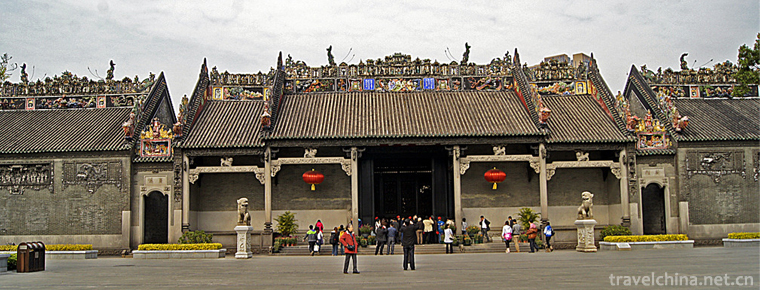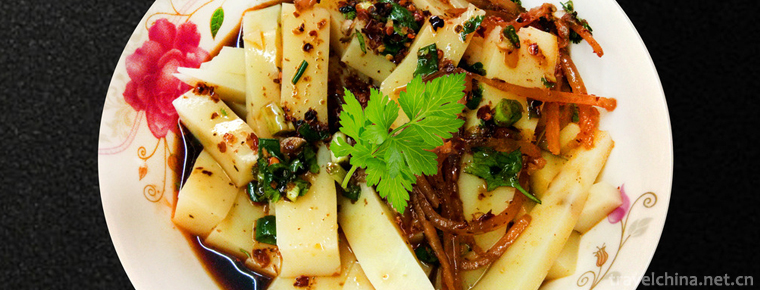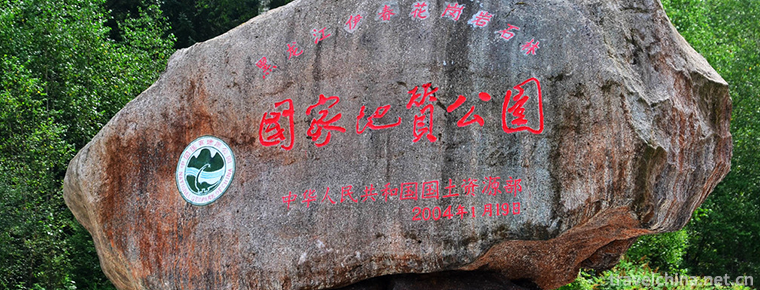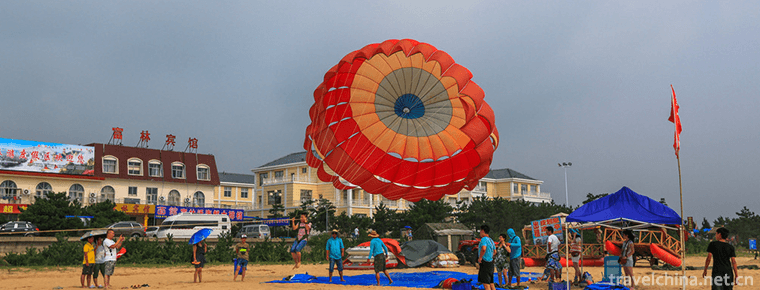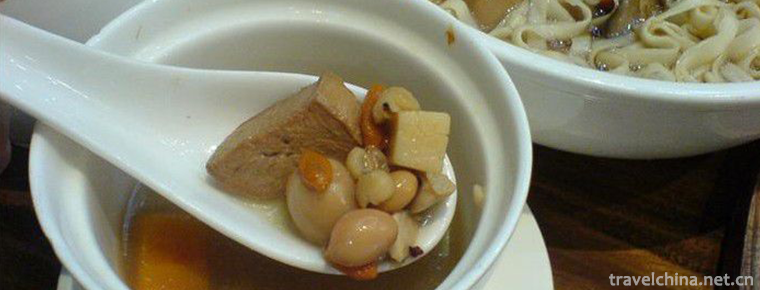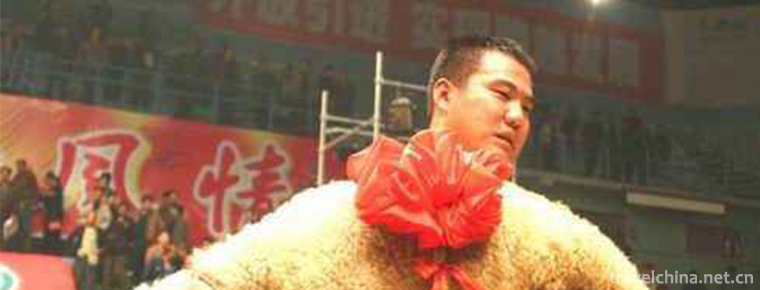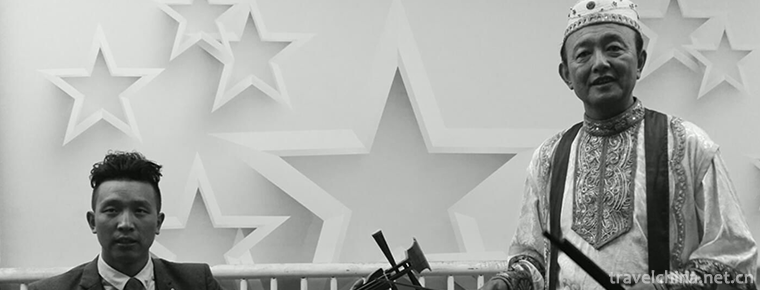Traditional Processing Techniques of Liuweizhai Sauced Meat
Traditional Processing Techniques of Liuweizhai Sauced Meat
Liuweizhai is a well-known Chinese brand which was founded in 1738 in the three years of Qianlong in Qing Dynasty. Its sauced meat, as a traditional food in China and a famous food in the Three Jin Dynasty, was once well-known as a tribute to the imperial palace.
Liuweizhai sauce meat traditional production techniques have been passed down from generation to generation, retaining the characteristics of traditional sauce meat production techniques. It chooses fresh (frozen) pork as raw material, and is processed into blocks by dividing, singing and other processes. After adding a variety of traditional Chinese medicines and condiments, it is made by brine, sauce and brushing. Liuweizhai sauce meat skin is bright, red and purple, fragrance overflowing. Seen from the appearance color as sauce-red or reddish-brown, after cutting with knife, the internal tissue is pink, the taste is rotten and delicious, fat but not greasy, thin but not wood, not only tastes delicious, often eaten, but also has the effect of health preservation, which really achieves the "medical and food homology". In the traditional craft of Liuweizhai, the sauce brush sauce technique is the embodiment of long-standing experience and inheritance characteristics, and it is the unique craft necessary for sauce meat processing. The sauce is made by boiling the filtered residue of the old soup of the marinated sauce meat. Because there are many processes in the process of making sauced meat, the pigskin is soft and tender after brine and sauce, and the appearance is not very good. Brushing juice is to protect pigskin, make the appearance beautiful, and improve the taste. The characteristics of "cooked but not rotten, sweet but not strong, salty but not astringent, bitter but not strong, light but not thin, fragrant but not tired, fat but not greasy, thin but not firewood" of Liuweizhai sauce meat embody the Chinese food culture of "harmony is the beauty".
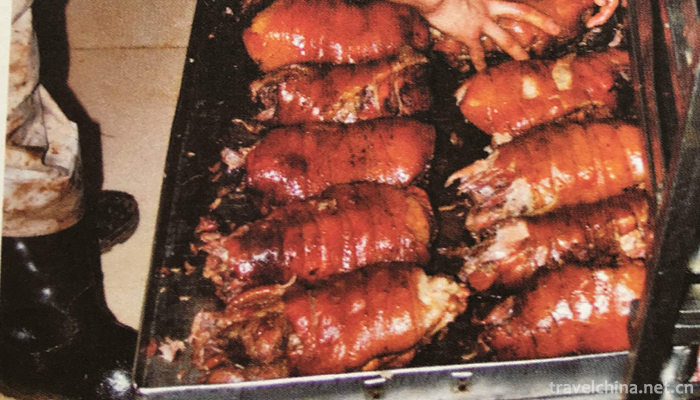
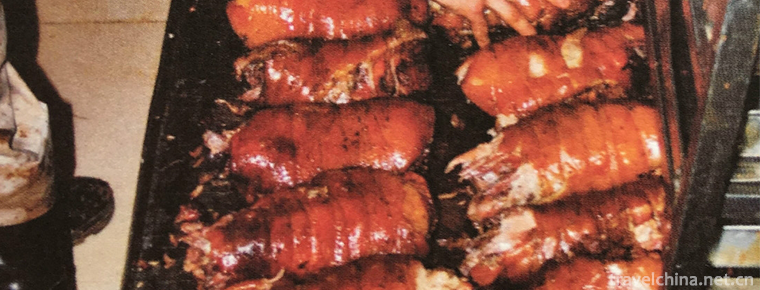
Traditional Processing Techniques of Liuweizhai Sauced Meat
-
Chen Clan Ancestral Hall
located on the seven road of Zhongshan, Guangzhou
Views: 184 Time 2018-10-12 -
Sad cold Bean jelly
Sad cold Bean jelly Heartbroken jelly is a famous snack in Zhou Li Town.
Views: 193 Time 2018-10-12 -
Tangwang River Linhai Qishi Scenic Area
Tangwanghe Linhai Qishi Scenic Area is located in Tangwanghe District, Yichun City, Heilongjiang Province.
Views: 168 Time 2018-12-05 -
Zhenjiang Sanshan Scenic Area
Zhenjiang Sanshan Scenic Area is located in the southwest of Jiangsu Province and on the South Bank of the lower reaches of the Yangtze River
Views: 154 Time 2018-12-06 -
Shanghai Zoo
Shanghai Zoo is located at 2381 Hongqiao Road, Changning District, Shanghai, which is close to Shanghai Hongqiao International Airport. Founded in 1954, originally known as the West Suburb Park. Shang
Views: 136 Time 2018-12-19 -
Rizhao Seashore National Forest Park
Rizhao Seashore National Forest Park is located in the north head of Rizhao North Coastal Road, Shandong Province. In 1992, it was approved by the former Ministry
Views: 218 Time 2019-02-07 -
Babu Zhai soup
Babaozhai soup is a traditional dish of Guangdong Province, which belongs to Cantonese cuisine. The soup tastes elegant and light, fresh and tasty, nutritious and has strong nourishing function.
Views: 299 Time 2019-03-27 -
Scratch sheep race
The Naoyang Competition is a traditional Chinese folk custom activity mainly in Xinzhou City, Shanxi Province. It's a wrestling competition with a live sheep as a prize. In the countryside, "scra
Views: 122 Time 2019-06-07 -
Ningjin Acrobatics
Ningjin acrobatics is one of the traditional folk acrobatics in Shandong Province. With its long history of development, extensive mass base, profound cultural heritage and exquisite performing skills
Views: 194 Time 2019-06-08 -
virtuous and filial
Xianxiao was born out of Buddhist folklore, and has a deep relationship with Xiliangle music, Dunhuang Bianwen and Hexi Baojuan. The way of inheritance mainly depends on the artistic population. Its c
Views: 188 Time 2019-07-01 -
Mianyang Teachers College
Mianyang Normal University is a full-time general undergraduate college in Sichuan Province. The school is located in Mianyang, China's science and technology city, the birthplace of Li Bai, known as
Views: 202 Time 2019-08-31 -
Deyang scenic spot
There are Sanxingdui ancient Shu civilization sites in Deyang City, where a large number of national treasure level cultural relics such as bronze Dali Man, bronze mask, bronze sacred tree, gold stick and Bian Zhang were unearthed. There are also the pangtong
Views: 326 Time 2020-12-14
